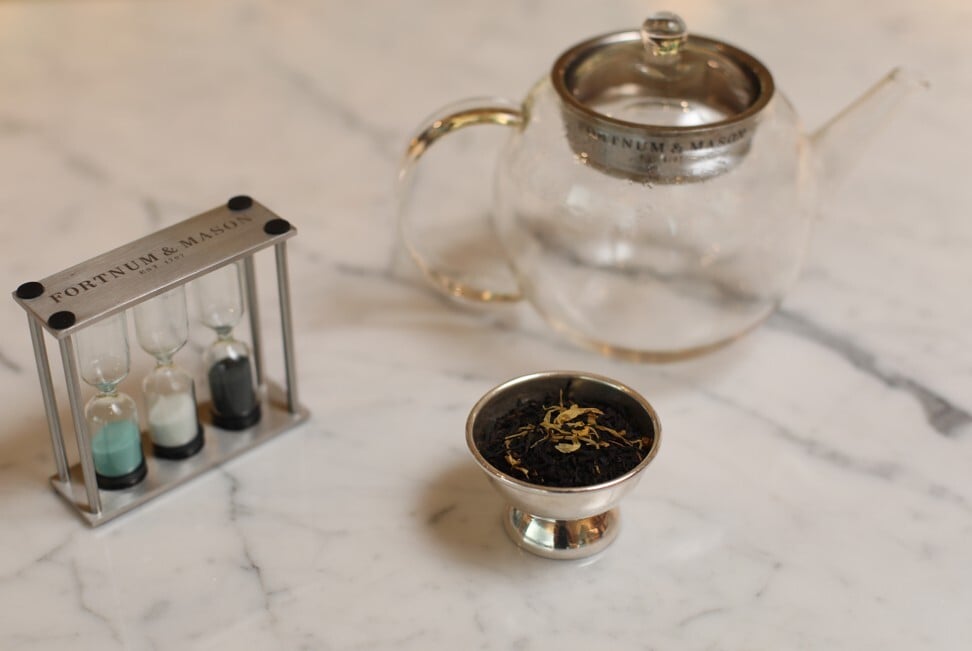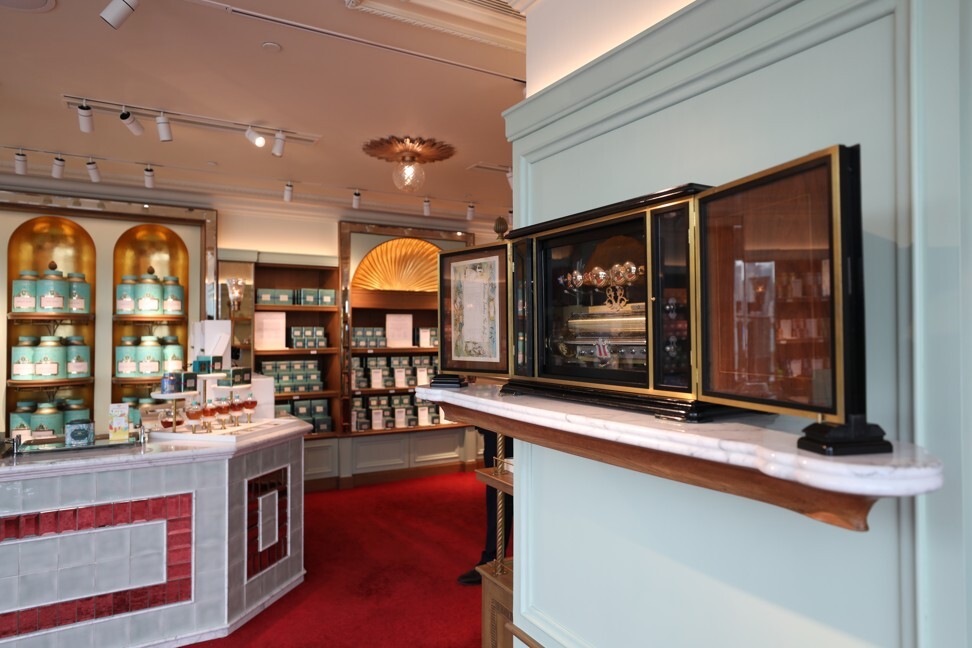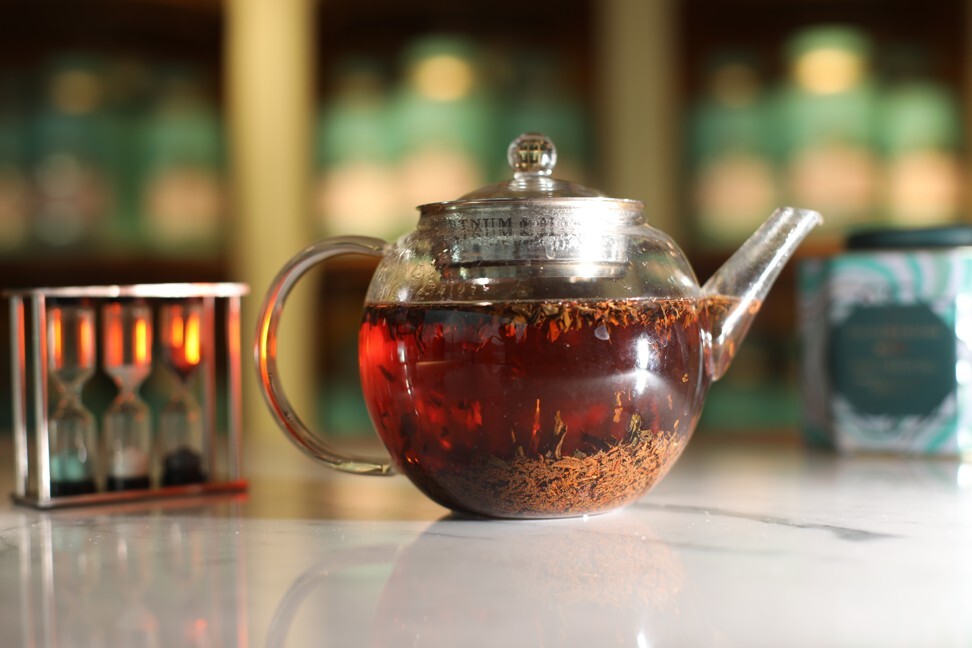Why do the British love tea so much? Thank the royal family – how tea became the UK’s favourite drink, and why Brits all insist on adding milk

Drinking tea is entrenched in the British way of life. From early morning to late at night, the kettle is on for a brew in many households across the country. Not surprisingly, Britain is one of the world’s biggest tea-drinking nations alongside Turkey, Ireland and China, but why do they drink so much tea? Turns out, it’s all to do with taxes.
Tea was first brought to Britain in the early 17th century by the East India Company and was presented to King Charles II. His Portuguese wife, Princess Catherine of Braganza, set the trend in drinking tea, which then caught on among the aristocrats of the time. But tea was so expensive, due to heavy taxation imposed by the government, that people kept these fragrant leaves under lock and key. Once taxes were reduced, ordinary people were then able to enjoy the beverage, and it became more popular than the other drinks of the day: coffee, chocolate and alcohol.

The most popular tea varieties today include English Breakfast, Earl Grey, green and herbal teas, and oolong – however, a recent study suggests that coffee has recently overtaken tea again as the most popular drink in the United Kingdom.
In Hong Kong, possibly the most well-known outlet for English tea is Fortnum & Mason, a company that has been blending and selling tea for three centuries.

“We were commissioned by none other than King Edward to create a perfect brew and we still blend and sell this tea today,” says Freddie Yan, tearista at Fortnum & Mason in Tsim Sha Tsui. “Tea was the commodity that William Fortnum and Hugh Mason built their business on. In the centuries since, whether ancient Chinese blends, perfumed teas, or invigorating green or red bush tea, Fortnum & Mason has sourced the best examples from all over the world.”
“Most famously, perhaps, a few of our teas have been created uniquely for members of the British royal household. Our Royal Blend tea was developed for King Edward VII and is a mix of Assam and low-grown Ceylon teas; the latter gives a lighter, more uplifting note to the malty Assam. It is a strong tea best drunk with milk,” says Yan. (Fun fact: Britons started to put milk in tea because in the 17th and 18th centuries, the china cups that the tea was served in used to crack from the heat of the water, so milk was added to cool the tea down.)

With 150 types of teas for sale at Fortnum & Mason, Yan had to train to be a tearista both in London and Hong Kong. He learned about the famous blends and how to make the perfect cup of tea, as well as what to pair certain teas with and how to consult with people to help them find their own favourite brews.
“There was on-the-job training, integrating with other tearistas, meeting customers and working with tea every day,” says Yan. “The Piccadilly shop is filled with all the different tea assortments as well as notes to learn, including the processes around appearance, aroma, flavour and mouth feel.
“As the years go on, you continue to build up confidence as a tea professional,” he continues.
“Fortnum’s continues to hone your skills throughout your time as a tearista, and you are able to go on additional tea training at the UK Tea Academy, at which I gained a first level certificate of tea knowledge. The teams also work together, constantly sharing tea knowledge with one another,” explains Yan.
“I grew up in Taiwan drinking tea every morning with my family so the memories here are very special to me. After Fortnum’s invested in my tea training education, I am now more passionate about the tea training industry than ever before.
“The tearistas are really the heart and soul of the tea-making operation at Fortnum & Mason as we focus on recommendations, brewing, and the final product you enjoy, and I thought this role would continue my learning and knowledge, which it has,” says Yan.
How to make the perfect cup of tea

1. Use fresh water and bring it to boil.
2. As water approaches boiling point, rinse the teapot gently with hot water, to ensure it is warm.
3. Treat the teapot to one rounded teaspoon or caddy spoon of tea leaves for each person and one extra spoonful “for the pot”. That’s the orthodox rule, but you can adjust if it is too strong.
4. Leave to infuse for three to five minutes, depending on taste. Serve using a tea strainer.
5. If making tea in a cup with a tea infuser, the same rule applies – one spoon of tea, use water just off the boil and infuse for three to five minutes.
Want more stories like this? Sign up here. Follow STYLE on Facebook, Instagram, YouTube and Twitter .

Bags of flavour: a potted history of tea from Fortnum & Mason’s in Hong Kong, which offers 150 varieties of leaf and boasts trained tearistas running tea consultations, offering pairing notes and advice on how to make the perfect cuppa